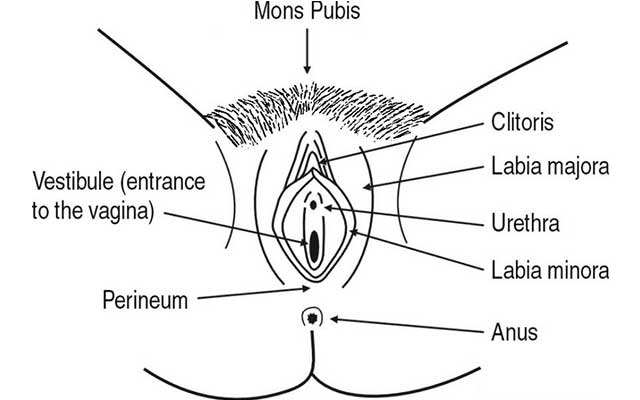You probably know in order to ensure that there is no abnormal lumps or bumps on the vulva, it is very important to conduct regular self-examination of your vulva. But, it is not known by many women that a vulvar self-exam, an at-home exam to check for possible abnormalities concerning your vulva, is also important. It may help you to find unusual changes even before you go for your scheduled checkup with your oncologist.
Why should a Vulvar Self-Exam be performed by a Woman?
You must not confuse the vulva with the vagina. The external genitals are referred to as vulva that is made up of the labia majora, the labia minora, and the clitoris. You will be able to spot any abnormalities that may indicate infection, vulvar cancer, or other conditions by performing a vulvar self-exam.
You can know the normal appearance of your vulva from a vulvar self-exam. Each vulva has a different look and you will be able to notice any future abnormalities if you become familiar with the appearance of your vulva.
Even if it seems to be small, report anything suspicious or abnormal to your cancer doctor.
How often should a Vulvar Self-Exam be conducted by a Woman?
In between menstrual cycles, this exam should be done once every month. For performing a vulvar self-exam, you should set a regular date if you are no longer menstruating.
Is any Special Equipment required to Conduct this Exam?
In the opinion of a cancer specialist, an undisturbed private area and a mirror are the two things you need to perform vulvar self-examination. It should take only about 5 to 10 minutes to perform the exam itself.
How a Vulvar Self-Exam can be performed?
- Take a handheld mirror and stand, squat, or sit over the top of it and make sure you can see your genitals clearly. You may ask your partner to assist you with this, if it makes things a bit easier.
- The area where your pubic hair grows should be properly checked for any moles, spots, lesions, bumps, or rashes.
- After that, look for any growths, bumps, or discoloration at your clitoris.
- Feel for any bumps in your labia majora (the outer lips). You should also do a visual checking for any moles, rashes, growths, or lesions.
- For your labia minora (the inner lips), repeat this check.
- Finally, look for rashes, bumps, growths, and lesions at your perineum, which is the space located between the vagina and the anus.


